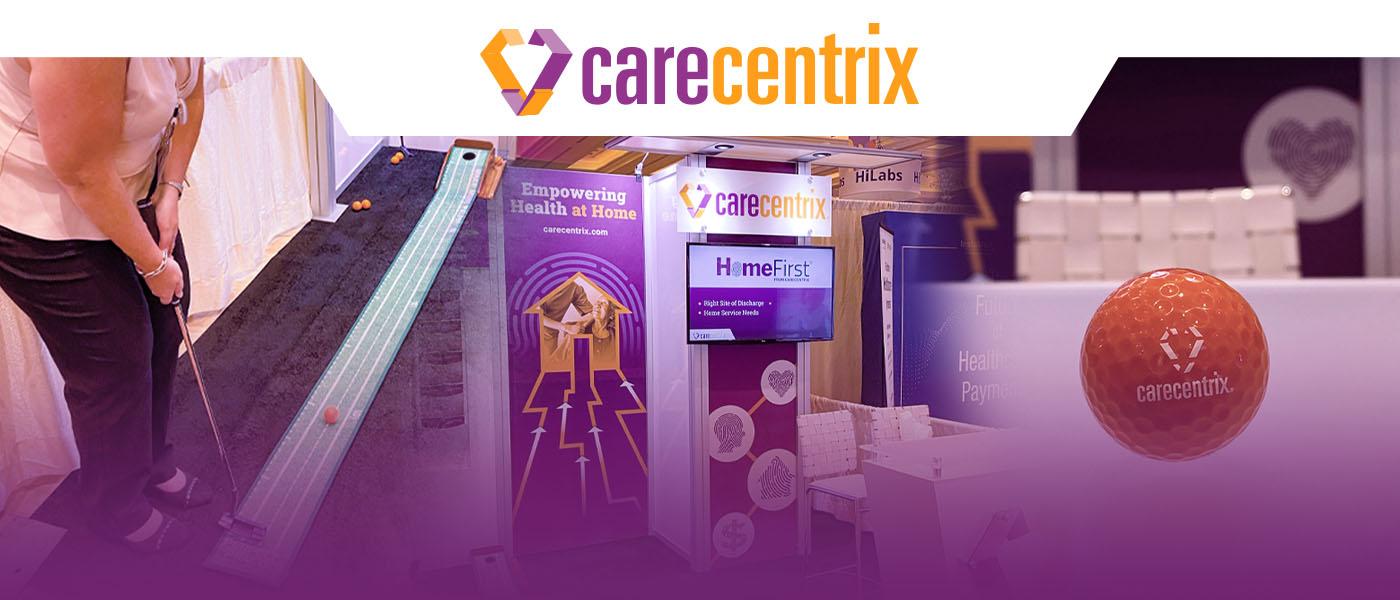
The option to heal at home is no longer a luxury: in the era of COVID-19, it has become essential. For many patients, especially those living in or near COVID-19 hotspots, home is not only the safest, but also the preferred site of care. During a recent Fierce Healthcare webinar, Melissa Carr, General Manager of Home Services, and Jon Terenzetti, VP of Data & Technology Transformation, shared expert opinions on the importance of home health during the COVID-19 pandemic. Outlined below are key takeaways from their discussion.
Remote patient monitoring and proactive identification
Providers need a robust toolkit of remote monitoring services and actionable insights to deliver improved care to patients. To reduce hospital readmissions, CareCentrix collects a wealth of data during home health visits, and analyzes the information using artificial intelligence (AI) to determine health risks and gaps in care. Through a partnership with technology company Dina, CareCentrix monitors social and emotional health, activities of daily living, and safety factors in the home. With its recent acquisition of Turn Key Health, CareCentrix uses these insights to manage sicker patients effectively and, as needed, provide required transition support, such as palliative care.
Integrated two-way communication
Once a provider fully understands patient needs, there must be effective communication between them. This is not a one-size-fits-all but rather a multi-modal approach, including telehealth, which personalizes care and helps bring families into the conversation. Through a partnership with Synzi, a leading technology enabler for post-acute care, CareCentrix embeds virtual care tools directly into the HomeBridge collaboration and coordination platform. With Synzi, two-way, live communication is possible between patients and CareCentrix providers through HIPAA-compliant video, email, and text. During COVID-19, video chatting services used by patients of all ages have achieved satisfaction rates of 95 percent. When done well, digital tools such as video and text messaging lead to successful virtual visits and continuous communication between appointments.
Support of higher-acuity care at home
CareCentrix recognizes the importance of investing in an infrastructure necessary to capture and trend data. A laser-focused approach in this area led to the creation of CareCentrix’s proprietary algorithmic database, powered by more than 10 billion claims and 100 million patient discharges. By layering in information around vitals, social determinants of health, and clinical assessments, CareCentrix develops a rich understanding of a patient’s experience and how they will likely react to a number of potential treatment options – whether at home or in a facility. In this new normal, providers need to determine the severity of a patient’s condition, examine the risks of care in a hospital setting, and explore the best options and tools available for at-home care that suit the specific needs of each patient. In many instances, leveraging technology such as remote patient monitoring helps deliver higher-acuity services safely to patients in the comfort of their home. As we continue to navigate this crisis, begin the process of reopening, and reimagine our industry, one thing is clear: the future of care is in the home.





